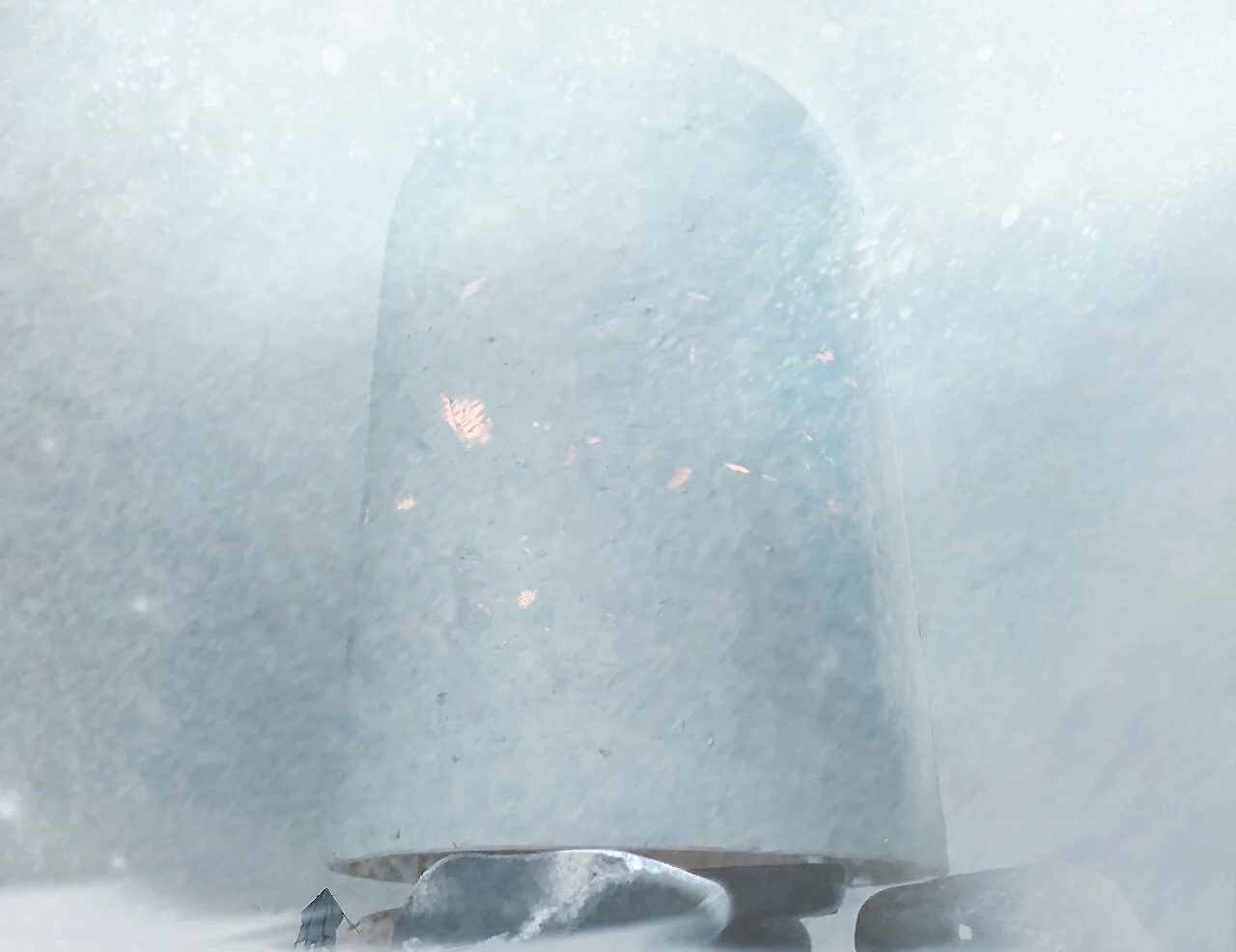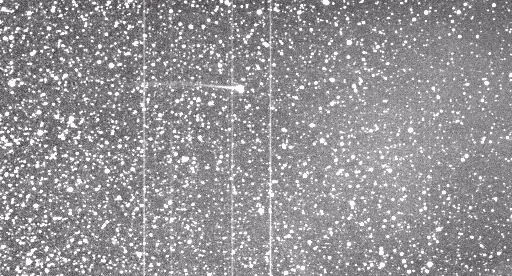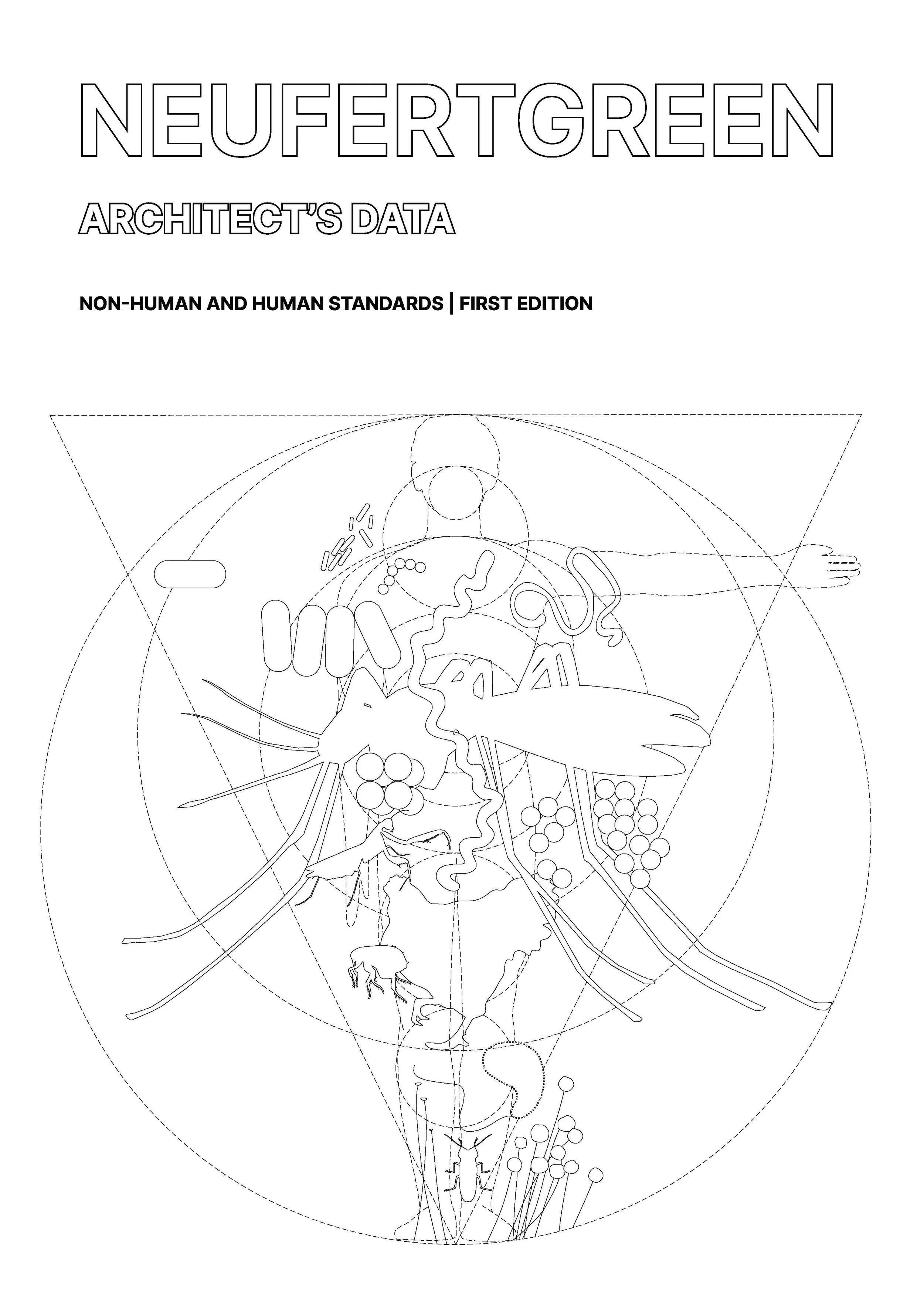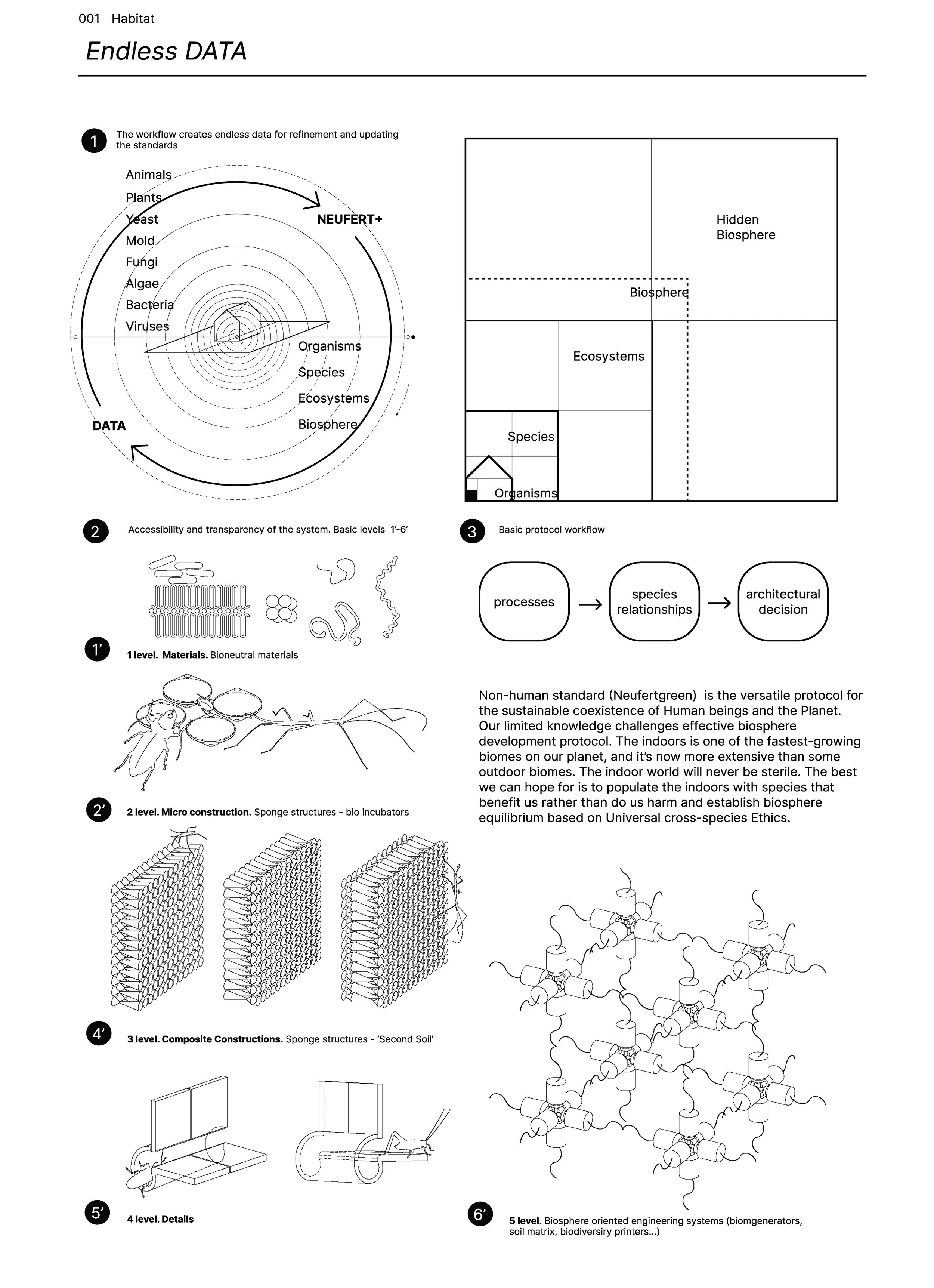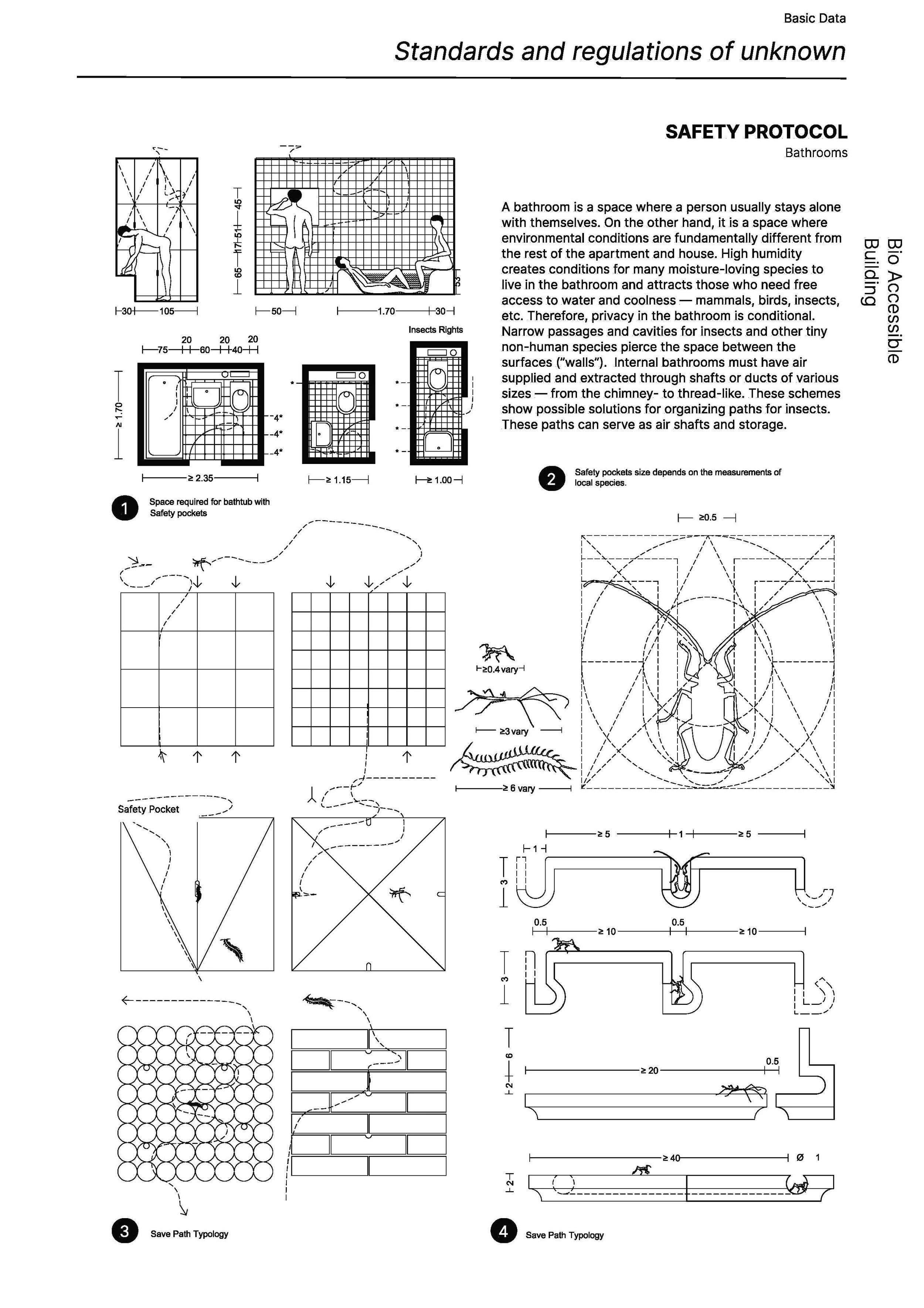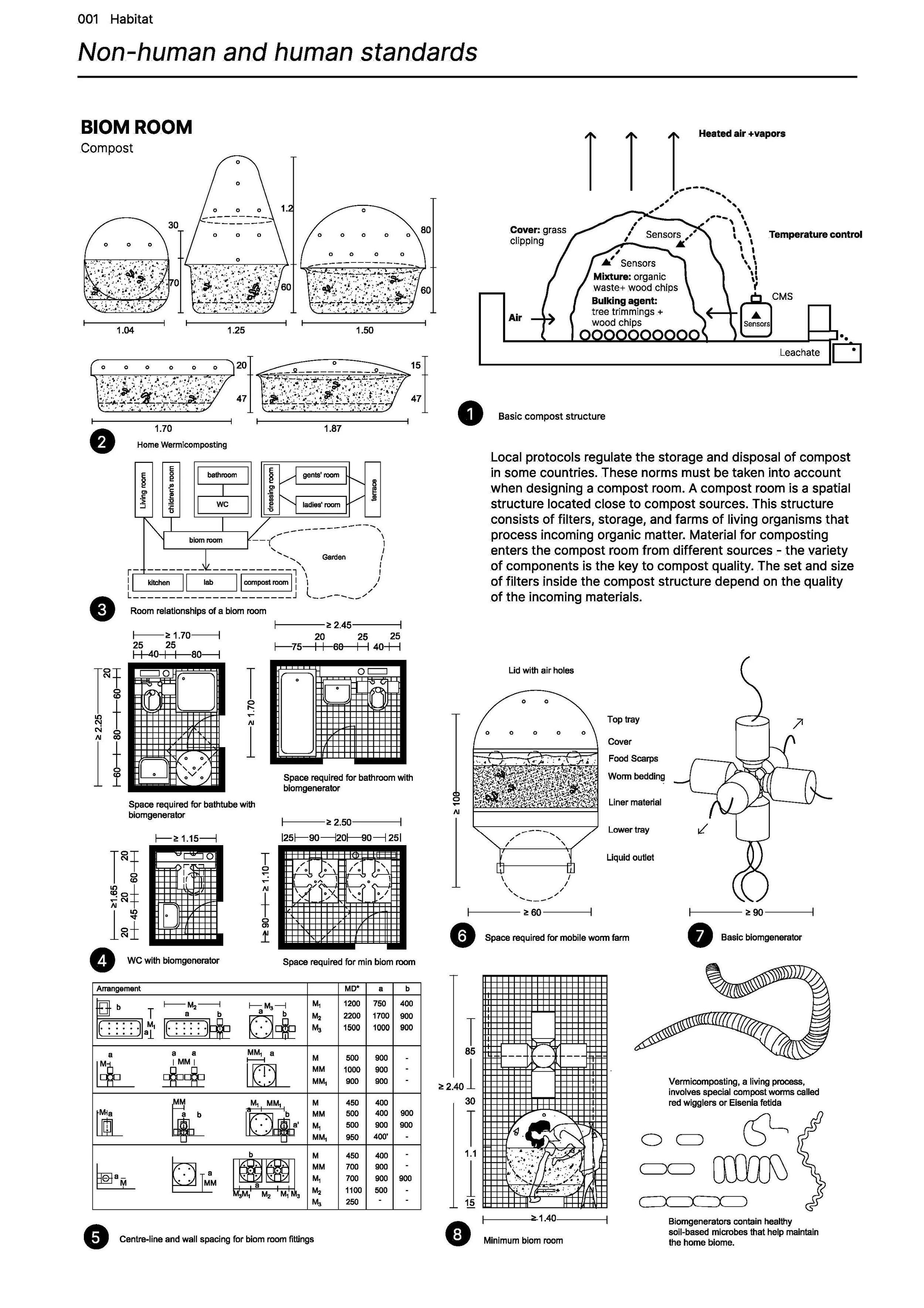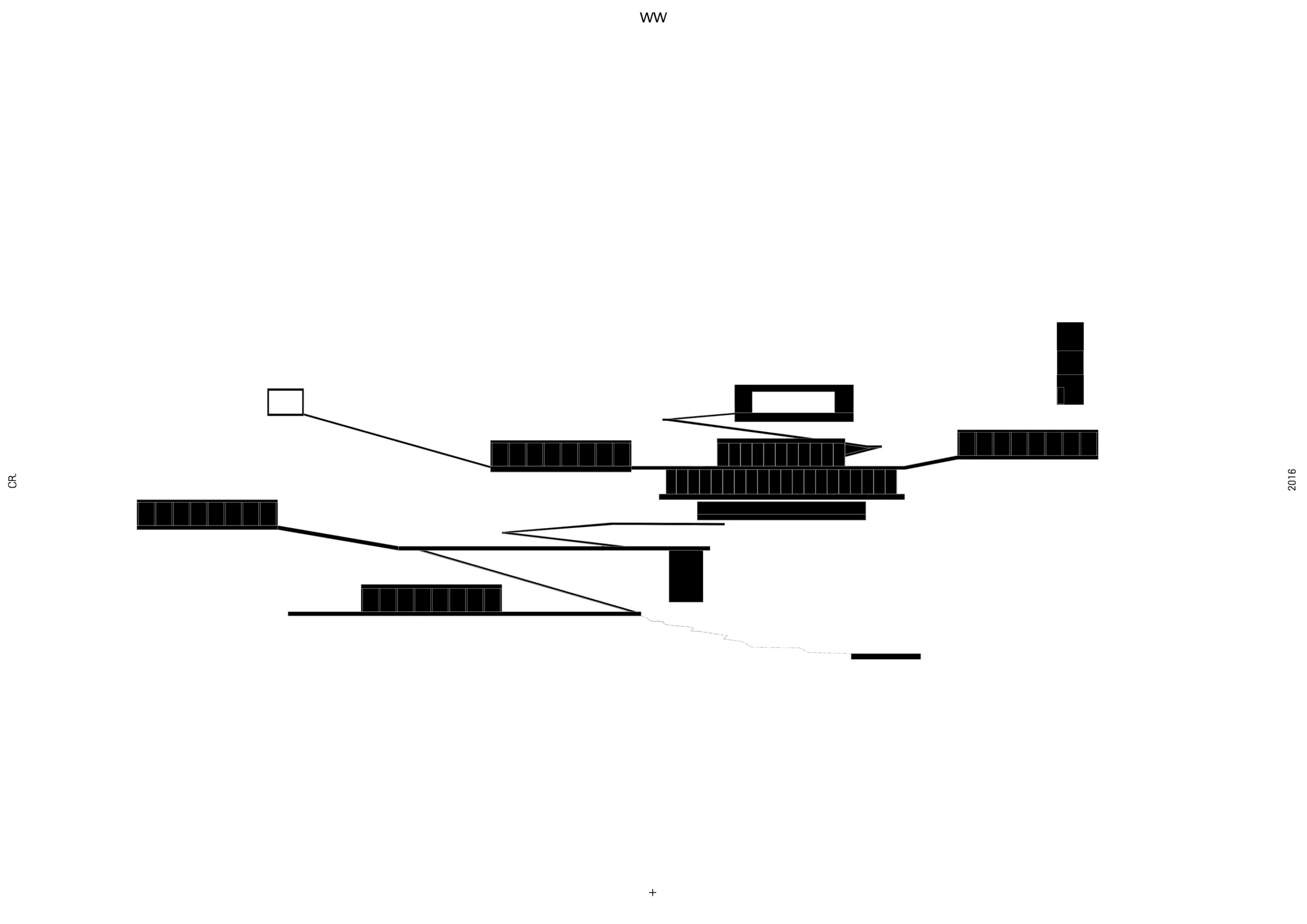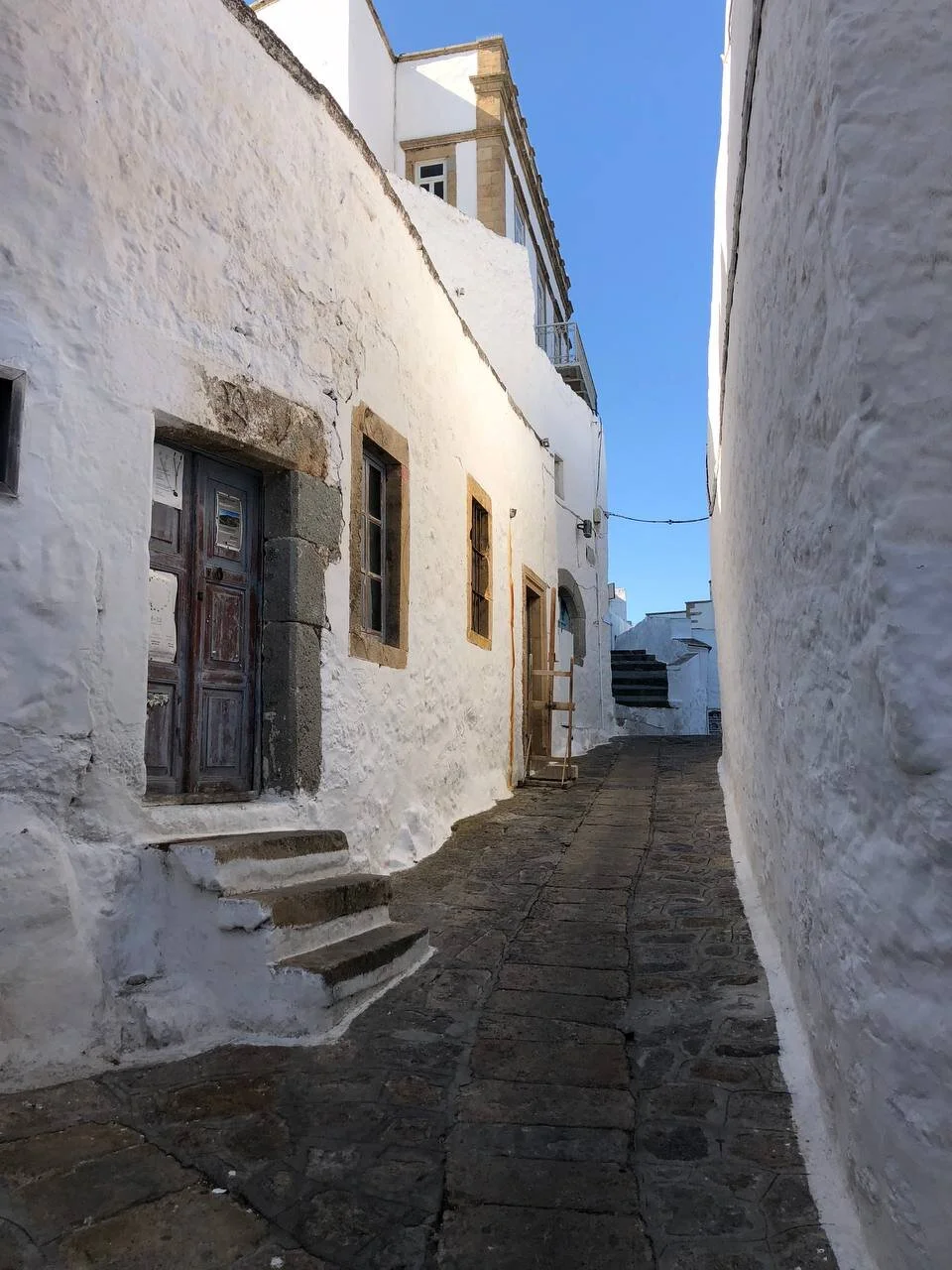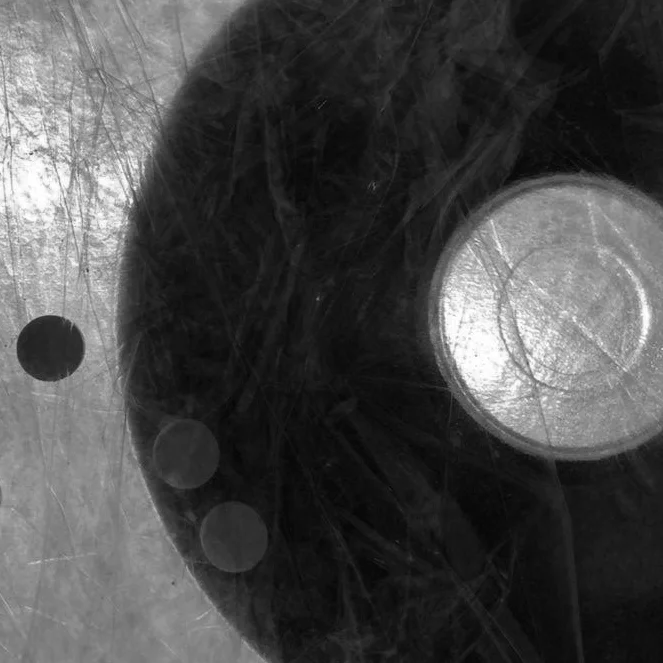+
Manifesto "Ultimate Landscape" was released in #13 STUDIO Architecture and Urbanism magazine. The essay based on the Rhizosphere concept of the Pushkin Museum.
+
We believe that the word ‘landscape’ has lost its genuine meaning given that it is widely misused by mistake to describe any territory as opposed to the man-made object, and therefore seen as a surrounding mass, or a background noise. This semantic confusion takes roots from the romanticized vision of the landscape that circulated on the rise of the Anthropocene when it was associated with the untouched nature in contrast to the human-created territories like cities, villages, agricultural fields, pastures, seaports, railway systems, and others. The focus shifted as long as the impacts have been rapidly increasing with the emergence of enormous global infrastructure supported by the massive scale urban construction affecting one by one adjacent vacant spaces. At long last, on the rise of the Post-Anthropocene the human has conquered the nature, so has the borderline between those two vanished. Though architecture continues on fighting against this entirely generated landscape in the same way as the human tries to reconstruct the nature.
We think that it is time to talk about architecture not as a separate intervention to the existing morphology, but as a particle of a much more complex integrated platform. Hence, we introduce for ourselves an updated definition of the term “landscape” as a set of material and immaterial layers that we do not try to divide based on the traditional notions of nature/manmade, urban/rural. Instead, we see it as a synergy of all overlooked and conceivable phenomena – natural, cultural, anthropogenic, etc., which tend to intersect and overlap each other, reconsidered and translated into the form of the governed project for each concrete territory. We reject contradistinctions and consider architectural and urban practices as a unified development process of the last total form materialized from all the processes and manifestations. For us, there is no distinction between cities and buildings –
the ultimate diversity of cultures is arranged in the single informational space that forms the common landscape of our civilization. Any architectural structure is a form of radical manifestation. For us architecture is not static, neither the manifesto. It is a continuously updated database that enables translating theoretical hypothesis into material objects.
1.Landscape as Ultimate Manifesto.
This ultimacy is manifested in the continuity, even solidity, of one Überlandscape that consists of multiple tangible and intangible elements forming one coherent diversified space. We trace the all-encompassing conceptual, philosophical, political and sensuous content of the landscape rather than its physical entity.
We suppose that by creating new tools for measurement of architecture and putting questions like “how the climate of the landscape is expressed?” we can create a more solid form and project it towards the future. We use the ultimate manifesto as the universal tool for a complex research and conceptualization of the landscape. With each newly born project, it is immediately reconsidered and accordingly complemented with the additional layers.
2.Landscape as Hypothesis.
The project of the ultimate landscape is an attempt to describe the complex adaptive system consisting of multiple hidden processes that are in a continual state of transformation. What constitutes the functional ecology of the landscape is impossible to define since the questions “what for” and “for whom” merged together blurring semantic and metaphysical delimitations of its subjects and objects. Ultimate Landscape is indeed a product of the Anthropocene but it already affects us in the same way as it is affected by us, hence it will be always unpredictable even if we know the dynamics of all those impacts. The attempts of programming, artificial modeling and masterplanning will never achieve their long-term goals – what we should aim at is designing uncertainty, plugged in a platform for the circulation of potentials that we can’t predict at this very moment. Hypothesis is about a never-ending process – the project never achieves its final form being always in the state of transition.
3. Landscape as Memory.
Landscape serves as a hard-drive for all the soft events - processes, histories, laws, rules, consensuses, myths, failures and successes of the past. The human concurred the nature and upon it created its own. Its geographical reconfigurations are equally material and virtual, green and concrete at once – аnthroposcape, a physical mold of our civilization. Software becomes hardware, Information takes its material form.
4. Landscape as Climate.
Landscape is an ecosystem, a network of interactions consisting of crossover environments – political, cultural, social, economic, natural, and others that are tightly intertwined in time and space, permanently affecting each other through endless feedback loops. It is the intersection of the landscapes formed by alien cultures, mixed and swallowed by each other giving birth to new species and burying the ones that couldn’t survive.
5. Landscape as Provocation
It is by its nature a territory of evolutionary processes, spontaneous activities, conflicts and mistakes that might lead to the emergence of the new forms of activities while changing the existing behavior patterns. We build potential scenarios based on the union between imagination and reality, programme and uncertainty. It rejects and in the same way encapsulates contrapositions like exterior/interior, human/nature, organic/non-organic, culture/mundanity, urban/rural. The ultimate absence of borders and limitations creates new interpretations and challenges.
6. Landscape as Myth.
It is an attempt to standardize a dream, to create an idealized place for everyone. It is an imaginary place of ideas and hopes, being in the constant rotation of natural selection. An idealized space that is never achieved, an unapproachable rendered model of the paradise that we have cultivated in our minds and failed to normalize. It is a dream about ourselves.
The Ultimate Manifesto is an attempt to develop an active design instrument in order to test the theory of the “total form” in practice. The necessity of such method appeared during the process when we raised several questions while working on the Pushkin State Museum of Fine Arts complex reconstruction project: one of the fundamental ones was the question of defining the border between the form and processes. In the project, we applied the metaphor of rhizosphere – a unified plateau for segmental buildings – the platform that creates a uniform design and offers programmable opportunities for different initiatives. The museum is mixed with the city, the borderlines become transparent and permeable. The opportunities of the platform are only limited by the conception of the depth of the urban and cultural processes, whereas architecture becomes an instrument for erasing of limitations and restrictions, interior and exterior, by becoming a united microlandscape. By understanding that any intervention alters the overall system we consider all the twelve buildings of the museum, internet resources, the evolutionary city, transient spaces and future exhibitions as one united body of the museum complex. For us, any of these museums by its typology is a part of the global museum infrastructure that shares and represents a united historical and cultural landscape. Moving around the world and visiting different museums, the spectator is, in fact, an explorer of the unified global museum landscape, which combines the common history of the exhibition spaces and expositions into one imaginary Supermuseum. All the museum collections form a united display of information and all exhibition spaces become a united space of representations as integral layers of the Ultimate Landscape.
In the project, we see all the buildings and the city as a united form of the landscape defined in a much broader sense in our Manifesto. The Ultimate Manifesto enables us to challenge the routine architectural practice, adding to its visionary instrumentarium by mixing the theory with reality. It is updated and expanded with each new project and can be applied to any scheme regardless of the scale, location, aesthetics and time of origin, exploring forms as a united form in various incarnations – all the cities as united city, all the cultures as united culture – together they form the Ultimate Landscape, originated and fostered by the Anthropocene fever.
*The Ultimate Landscape Manifesto is written based on the methodology developed by Meganom for the project of The Pushkin State Museum of Fine Arts complex reconstruction, restoration and adaptation for modern museum technologies (2011-2025)
Elena Uglovskaya (1984) is a partner at Meganom architecture bureau. She currently leads the extension of the Pushkin State Museum of Fine Arts
Karina Golubenko (1992) is a part of the research department at Meganom, co-founder of Leverage multidisciplinary consultancy and research fellow of the New Normal think-tank at Strelka Institute for Media, Architecture and Design.
Julia Ardabyevskaya (1989) is an architect, teaching at the educational studio at the Moscow Architectural Institute (together with Yury Grigoryan) and a co-founder of architectural office Streli Molnii.













